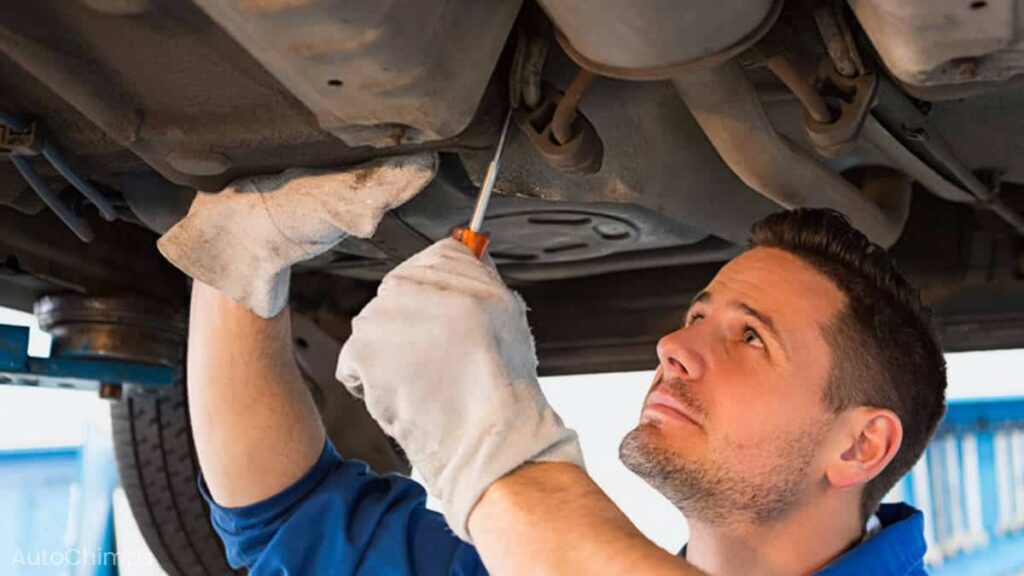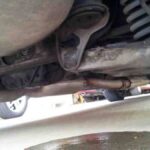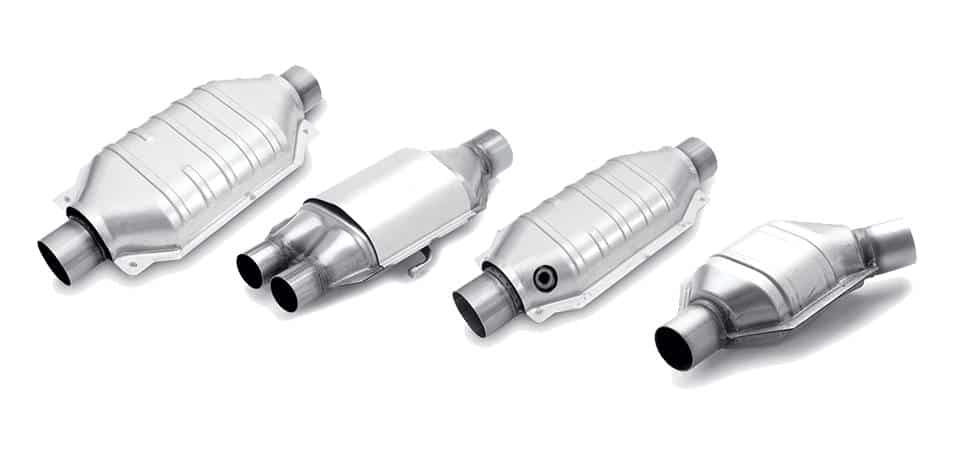
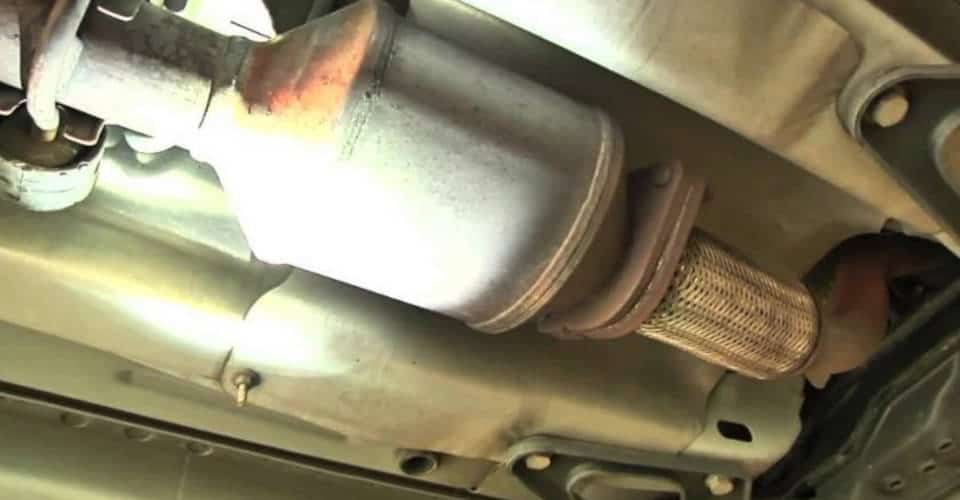
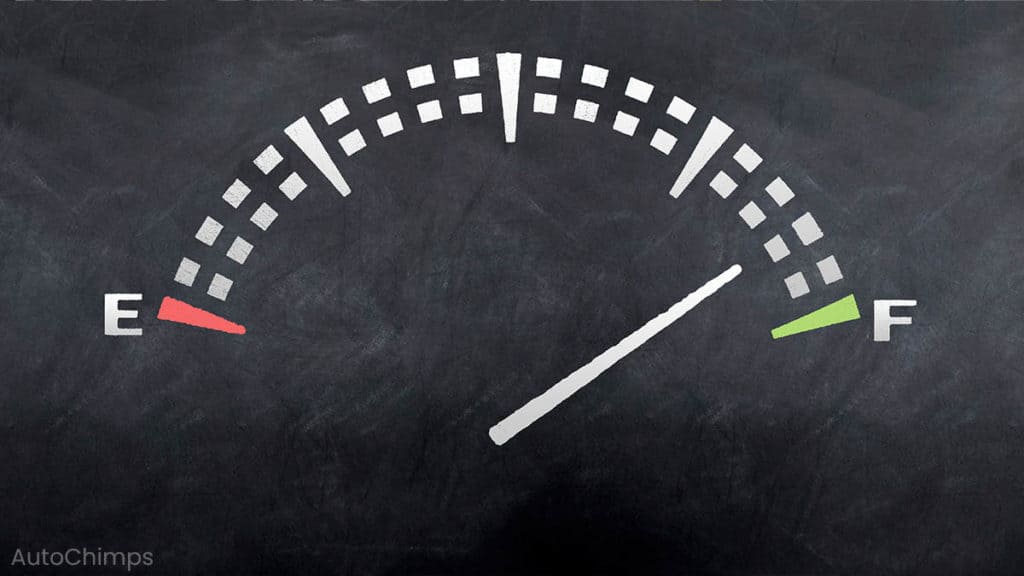


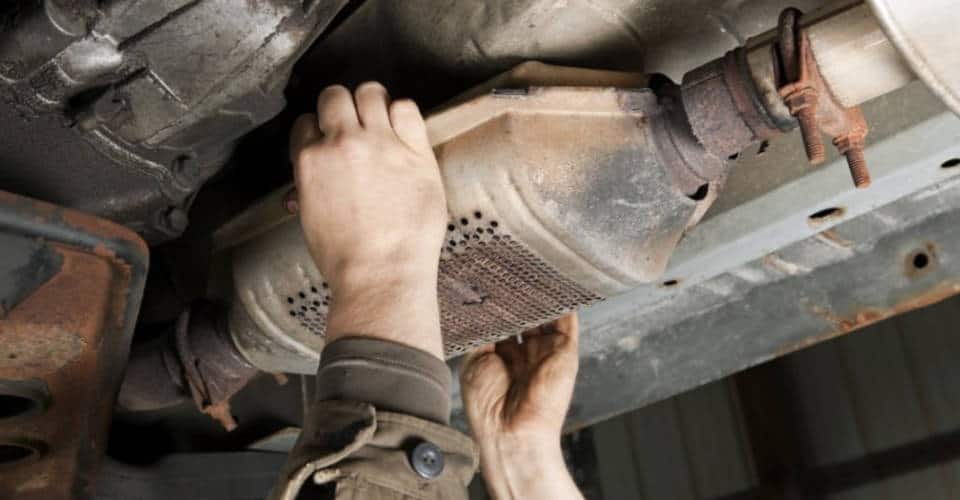
Understanding Catalytic Converters: What They Do and Why They Matter
Automakers are all about electric vehicles these days, but until gas engines are a thing of the past, catalytic converters are still essential for keeping emissions in check.
What Is a Catalytic Converter, and How Does It Work?

Gasoline is made up of hydrocarbons—basically hydrogen and carbon. When it burns, the goal is to create harmless carbon dioxide and water. But let’s be real: the combustion process isn’t perfect. Instead, it spits out some nasty stuff like carbon monoxide, which messes with the ozone layer. Plus, if some hydrocarbons don’t combust, they just hang out in the air.
Enter the catalytic converter, a clever little device that’s been around since the 1950s, thanks to a French engineer named Eugene Houdry. It’s designed to change those harmful emissions into less harmful ones.
Inside the converter, there’s ceramic material that gets super hot, helping to kick off these reactions. But it’s not just a simple heat-up; it’s a whole chemical dance that transforms bad gases into something less toxic.
Why Are Catalytic Converters Targets for Thieves?
Believe it or not, catalytic converters are hot items on the black market. Why? They contain precious metals like platinum, palladium, and rhodium, making them worth some serious cash. Thieves know this and often swipe them from parked cars.
Platinum and rhodium work their magic by removing oxygen from nitrogen atoms, allowing harmless nitrogen to exit the exhaust. Meanwhile, they combine leftover oxygen with carbon monoxide to create carbon dioxide, cleaning up the emissions as they go.
Your engine’s electronic control module (ECM) keeps tabs on everything, using data from two oxygen sensors—one before and one after the catalytic converter—to optimize performance.
Signs of a Failing Catalytic Converter
So, how can someone tell if their catalytic converter is on the fritz? Here are some key signs to watch out for:
1. Decreased Fuel Economy

If the ECM senses a blockage in the converter, it might pump more fuel into the engine to compensate, which can tank fuel efficiency.
2. Rotten Egg Smell
If the car starts to smell like rotten eggs, it’s time to pay attention. This odor comes from hydrogen sulfide, a byproduct of combustion that should be converted to odorless sulfur dioxide by the catalytic converter. If it’s not, that smell is escaping into the air.
3. Failed Emissions Test

Most states require emissions testing. If a vehicle fails, there’s a good chance the catalytic converter is the culprit. No pass means no driving until it’s fixed.
4. Check Engine Light
That pesky check engine light can mean a lot of things, but if it lights up, it’s worth checking out. The ECM uses data from the oxygen sensors to determine if the exhaust gases are being processed correctly. If not, it triggers the light.
5. Drop in Engine Performance

Struggling to accelerate? That could be a sign of a blocked catalytic converter. If it’s overheating, it can cause internal components to melt, leading to a serious blockage.
What Causes Catalytic Converter Failure?

Most catalytic converters can last 10-15 years, thanks to their lack of moving parts. But if other engine components are failing, they can shorten the lifespan of the converter. Common culprits include:
- Antifreeze leaking into the exhaust
- Bad spark plugs
- Faulty oxygen sensors
- Unburnt fuel in the exhaust
- Oil leaking into the exhaust
Cost of Repairing or Replacing a Catalytic Converter

Repairing or replacing a catalytic converter can hit the wallet hard, usually ranging from $1,000 to $2,500. What drives the cost? It depends on:
- The make and model of the vehicle
- Diagnostic fees and any extra issues
- Labor hours needed for the job
- Quality of the replacement part
For example, swapping out a converter on a 1992 Honda Civic will be way cheaper than on a luxury car like a BMW or Saab. Going for a universal-fit converter can save some cash, but it might not perform as well as an OEM part and could void warranties.
In many cases, replacing the converter is the best route, especially if it’s clogged. Just remember to figure out what caused the issue in the first place.

